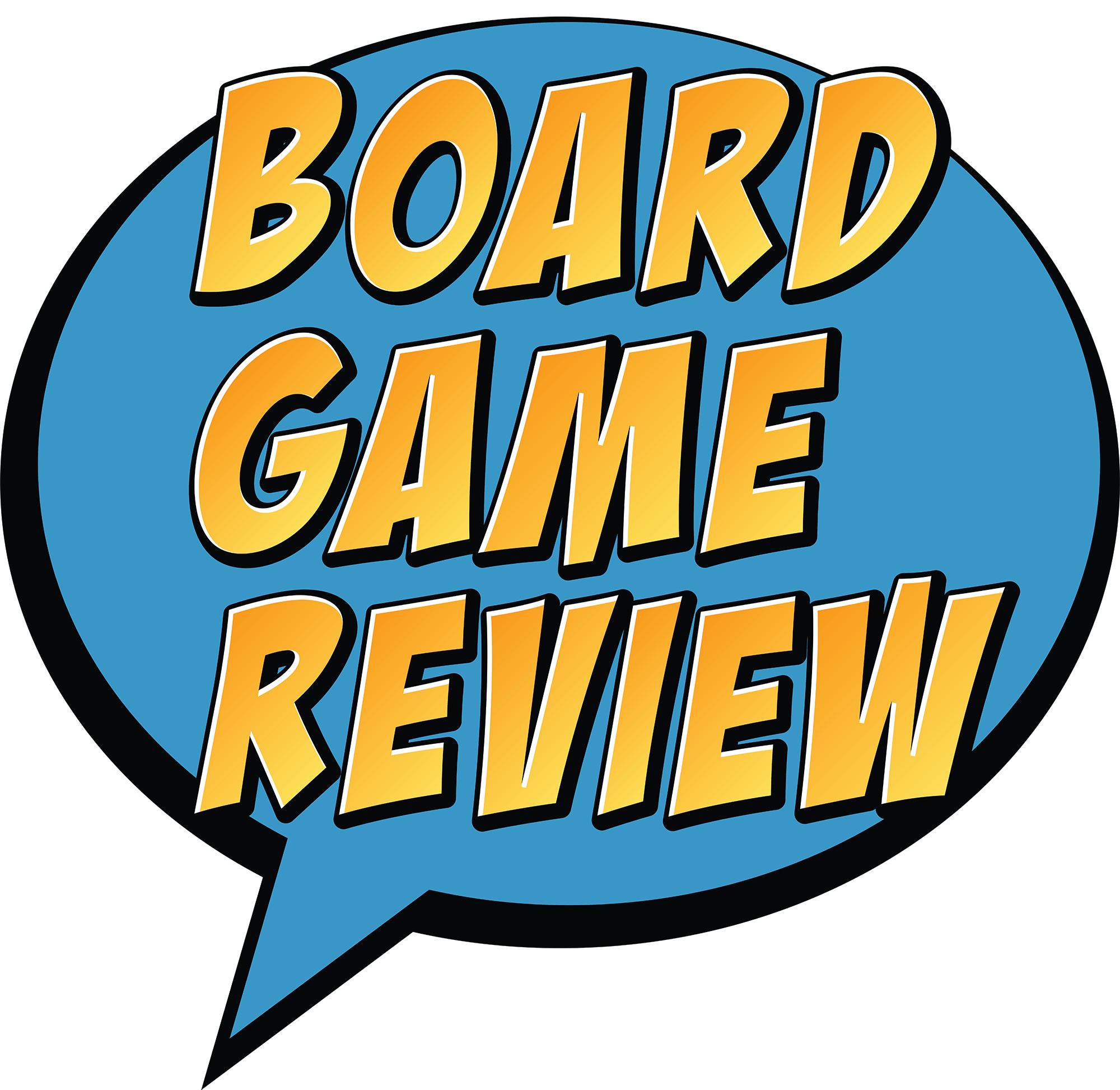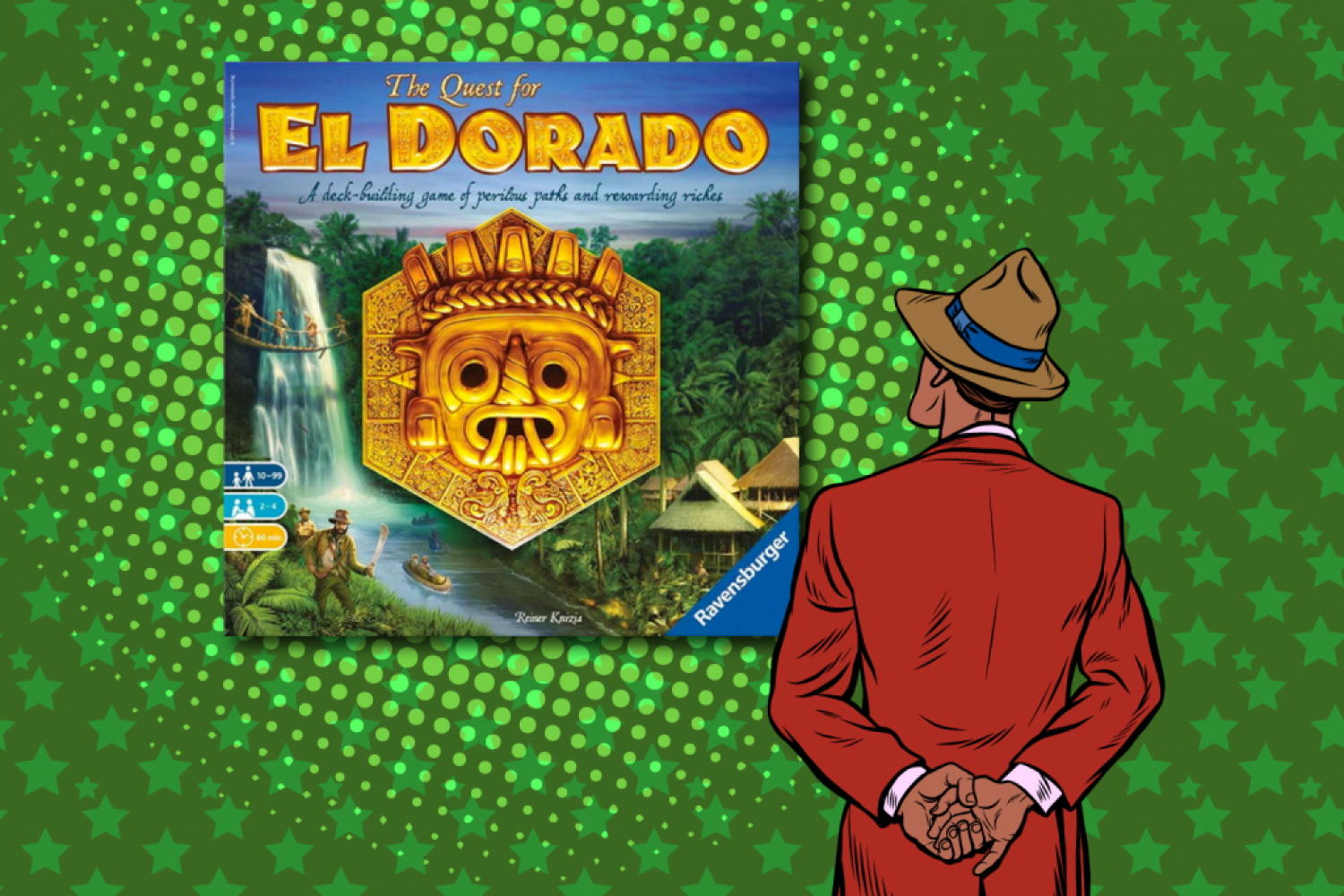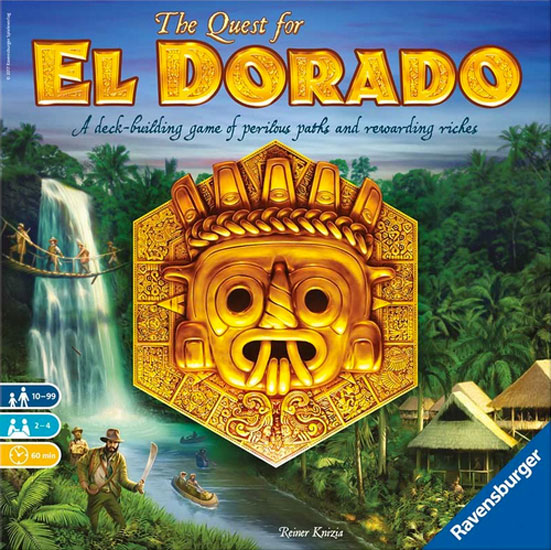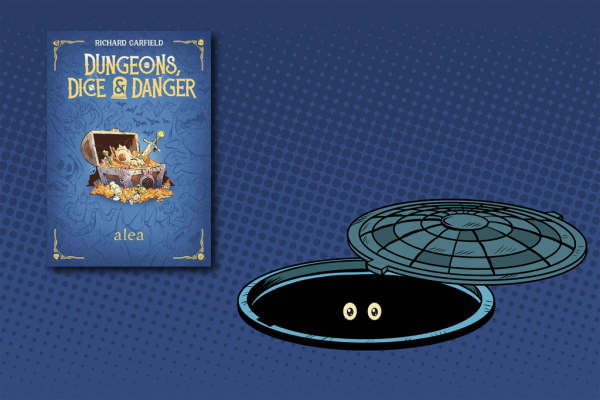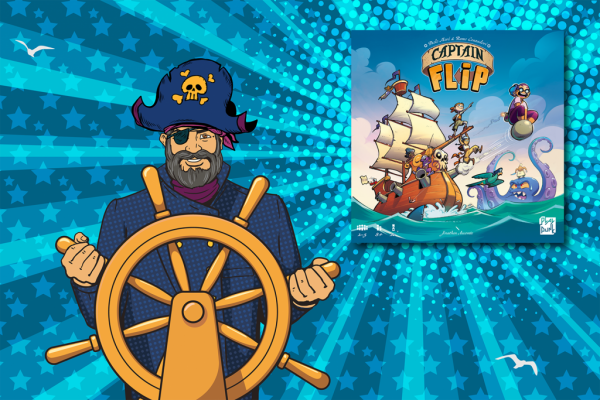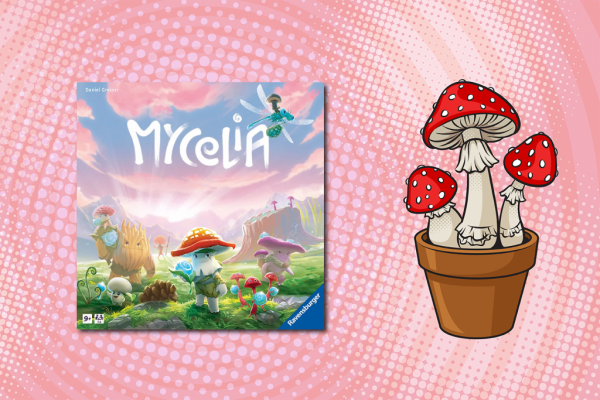The Quest for El Dorado Review
My mind is wandering and I’m finding it too irresistible to hark back to a children’s television show from my childhood, Mysterious Cities of Gold. For I am reviewing The Quest for El Dorado and it has got me reminiscing about the cartoon. The narration would start, some garbled thing about great ships sailing and the setting sun leading you to El Dorado. As you can see my rambling isn’t totally disjointed this is tenuously related! Then the music would start:
“Children of the Sun, see your time has just begun,
Searching for your way through Adventures every day.
Every day and night with the condor in flight,
With all your friends in tow we search for the Cities of Gold.”
A gold eagle would swoop down at the end of the song and then the cartoon would start. Some badly dubbed voice over would emerge from the screen and I would promptly change channel. This would involve getting up off the sofa and walking to the TV and pressing a button! Nothing ages you like technology!
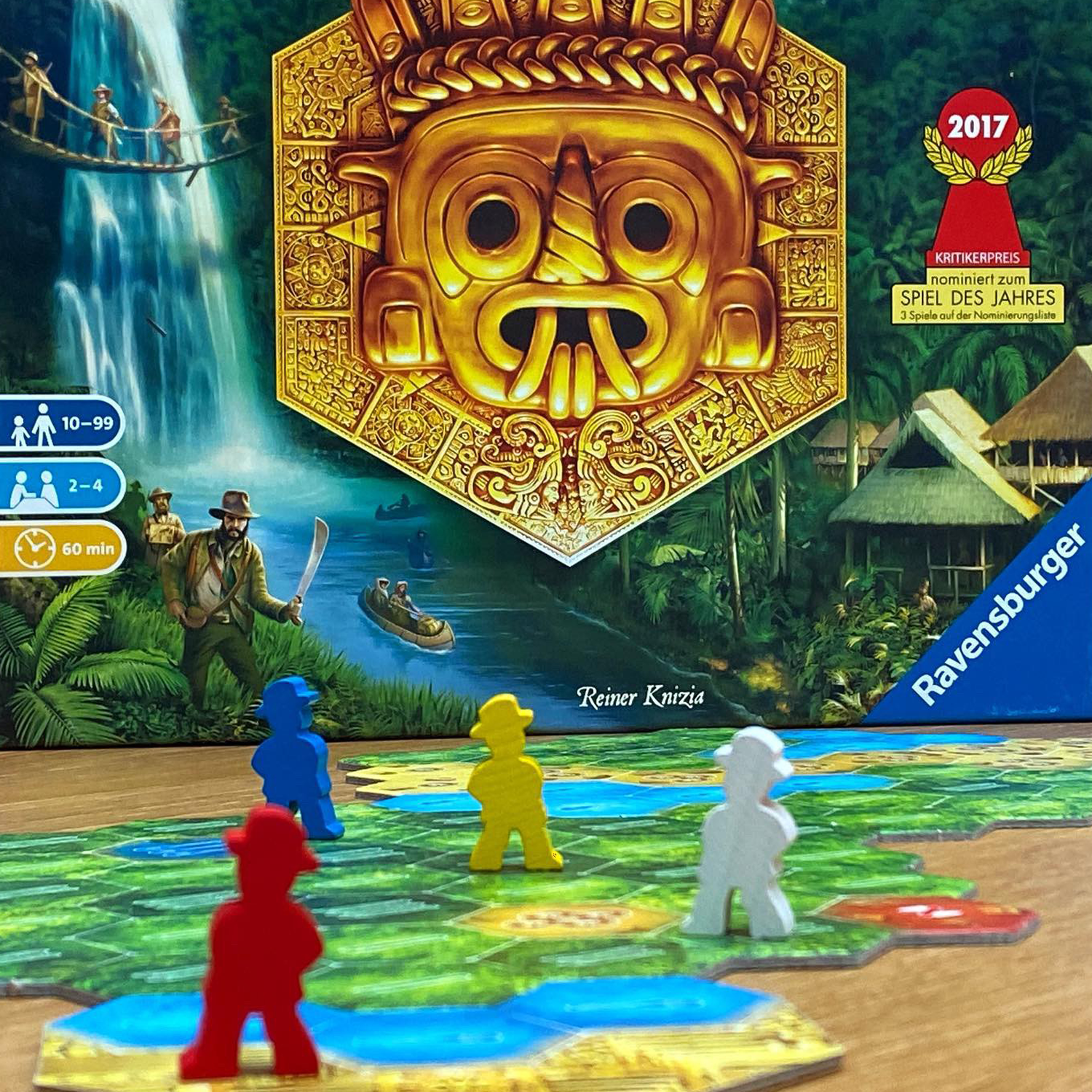
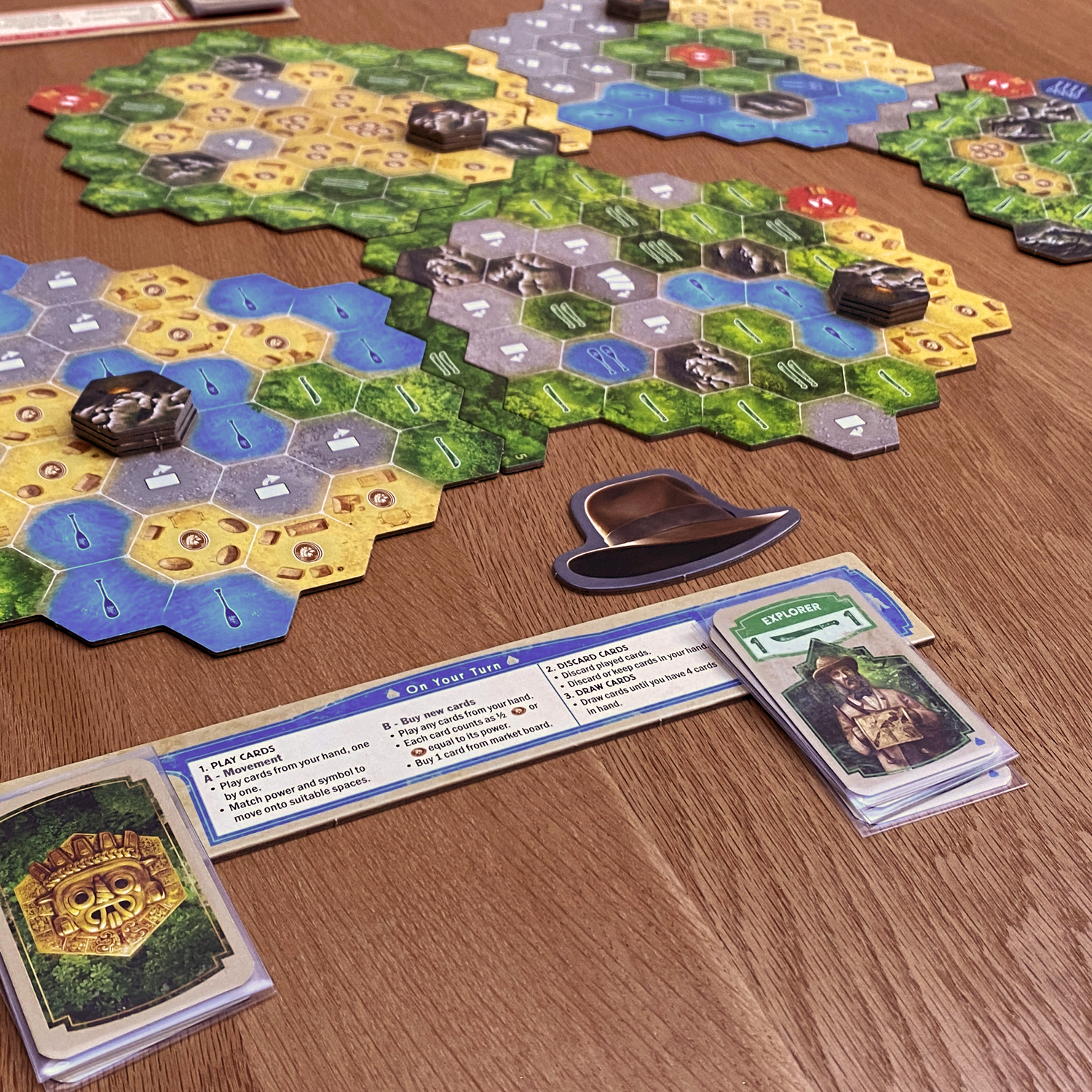
©boardgamereview.co.uk
Setup
Empty the box and follow the instructions to create a board. There are a few recommended setups but once you’ve mastered the base game you can arrange the modular boards however you like. All players start off with the same starting hand of cards.
The market place is formed with the starting cards and the additional cards should be placed nearby.
Players are handed one or two meeples depending on player count and a starting hand of cards. I’ve bagged these up together to make setup quicker. Allocate the first player and you are ready to go!
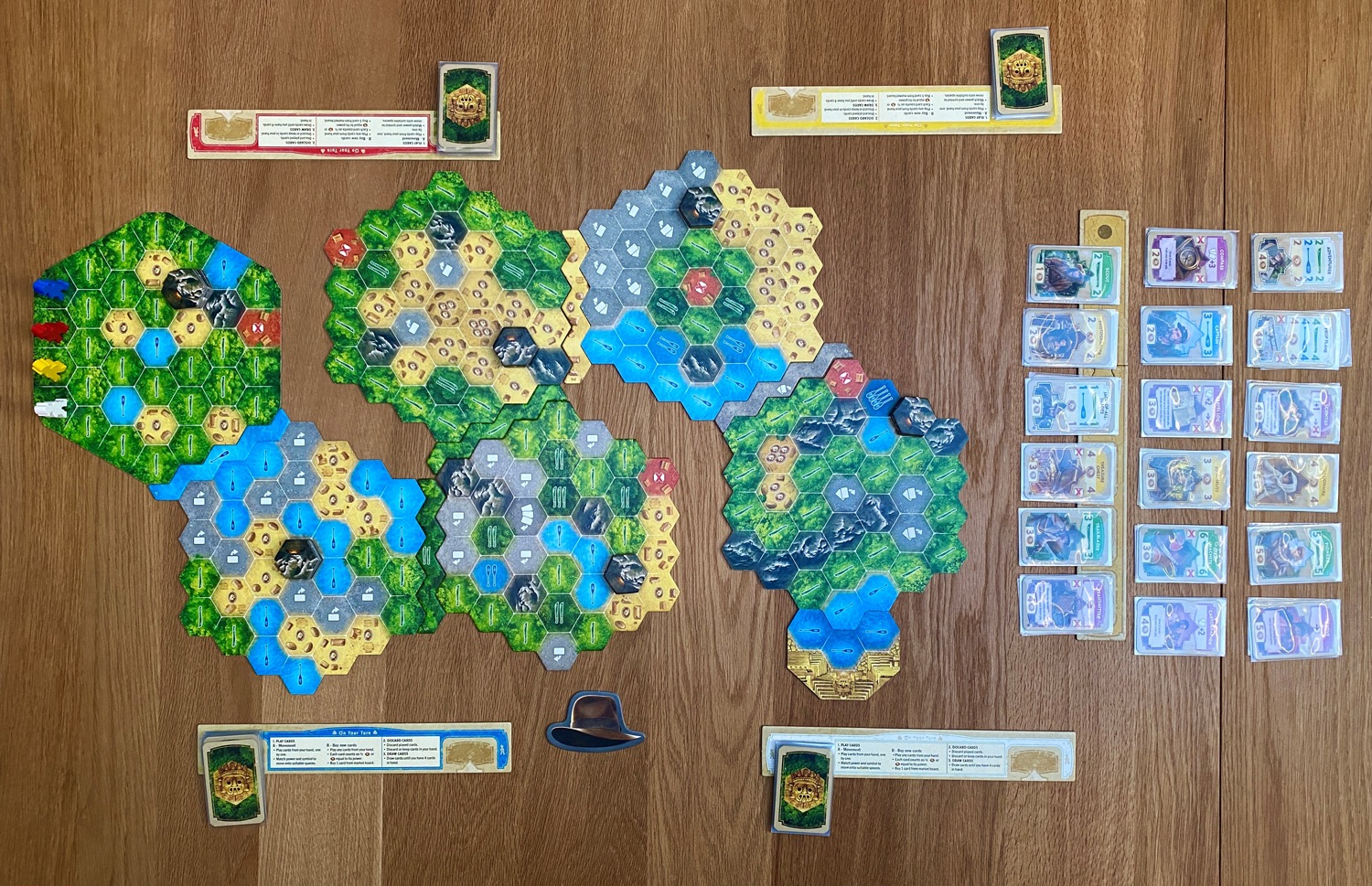
©boardgamereview.co.uk
Gameplay
The Quest for El Dorado is a racing game. Your movement is dictated by the deck of cards you build and refine during the race. The first player to get to the finish wins.
Cards provide a movement to a green jungle space, a blue water space or a yellow desert space. Movement is slightly complicated (in a good way) by the necessity of certain cards being used. Symbols on the board dictate the value of the card required to move onto that space. For example a space with two machetes, requires a card with two or more machetes on it. Surplus machetes can be used on subsequent squares if there is a neighbouring matching type. Therefore, a card bearing three machetes could move you along three spaces bearing a single machete. However, cards cannot be combined to move you onto a single space. So you cannot combine two cards with a single machete on to move onto a two machete space.
All cards can additionally be converted to money. Any two cards are worth one coin or the desert cards are worth the coin value stated on them. As money, the cards can be used to purchase other cards from the marketplace. The market place comes fully stocked, but as these get purchased and run out other cards can be selected from beyond the marketplace. These have various powers to help build, refine and cycle your deck. Some of these offer a single use bonus, others offer a card that will last the entirety of the game.
On their turn players will draw four cards from their deck and play them to move or buy more cards. When their draw pile is depleted the played cards get shuffled and a new draw deck is formed.
A cave mini expansion is included in the box. This gives players a one-off bonus to use at any time throughout the game whenever one of their meeples finishes their turn next to a volcano tile.
What it’s like
The Quest for El Dorado does start off at a slight plod, as after a few games the importance of buying in the market becomes more prominent, you might move to get to a nearby cave, or because the cards you have in your hand work. The movement however, quickens up rapidly as players race across the board and you juggle whether to buy or make your move.
Downtime is minimal. You will be drawing your next cards and planning your next move while others are taking their turns. As a result play moves around the table at a really good pace.
Further strategy is added by the board itself, long patches of desert may sway what you buy from the market. You will also need to decide when to take a diversion to discard some cards from your hand. Your route will need to be considered too. Will you take the longer route that is easier, or the shorter route that requires a tricky card to cross?


©boardgamereview.co.uk
Unless a bonus permits, you can also never go on a space occupied by your opponent. This does occasionally give the option of blocking your opponent. I did this once in a two player game, much to the disgust of my wife, who I’m not sure has entirely forgiven my lack of sportsmanship on that occasion.
All the cards in the market are good, but your starting cards are quite weak. It can therefore be worth discarding those as the game progresses. This ensures that they don’t bury the good cards in your hand. There are also times where cards become superfluous to requirements. That is to say, you might have some water cards in your hand, but no spaces to use them on. In these instances you need to try and get rid. This refinement can be vital in winning or losing a close game. It is also why buying a single use card isn’t always a bad thing!
With all the market cards being good, it is worth keeping an eye on your opponent’s purchases too if any player secures too many of one time they can become dominant. In a recent game I managed to secure all three cartographers. This card allows you to draw an additional two cards which meant I was holding my entire deck every go, much to the disgust of my wife, who I’m not sure has entirely forgiven my lack of sportsmanship on that occasion.
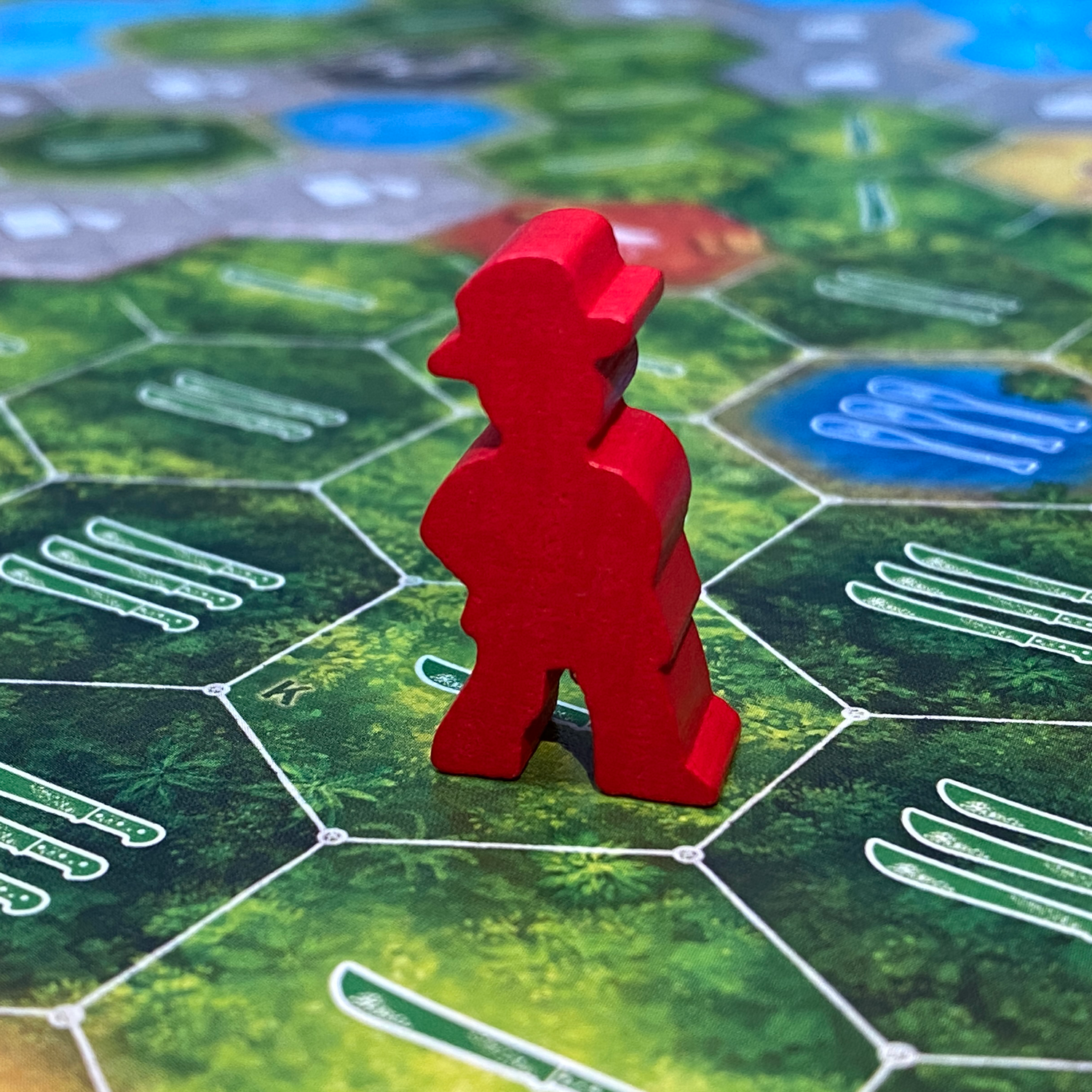

©boardgamereview.co.uk
Table Presence
The rules seem a little tricky at first but actually that is down to the detail included. Half of the instructions are dedicated to clarifications of the cards and cave bonuses. The latter don’t need to be learnt but can be referred to as you play anyway. It really isn’t a complex game, but there are plenty of decisions to be made along the way of your Quest for El Dorado!
The modular board is ace. Setting it up in different ways allows for oodles of replayability, especially as each section is double-sided. Not only that, it can be made shorter or longer to adjust the length of the game.
Now some people might gripe at the size of the cards. They could be bigger but it doesn’t bother me. Art is subjective, but for me the artwork is fine albeit perhaps a little dated. The cards do the job, with clear iconography but I understand some might want something a little more exciting to look at. The Indiana Jones meeples are fun though.
Overall, The Quest for El Dorado looks great as the board sprawls across the table. I like its overall table presence.
Packing away is a breeze, albeit rather shocking as everything just scoops back into the box loose! Do not expect a jazzy insert with this one! No plastic in this one though apart from the inevitable shrink so maybe it isn’t such a bad thing?
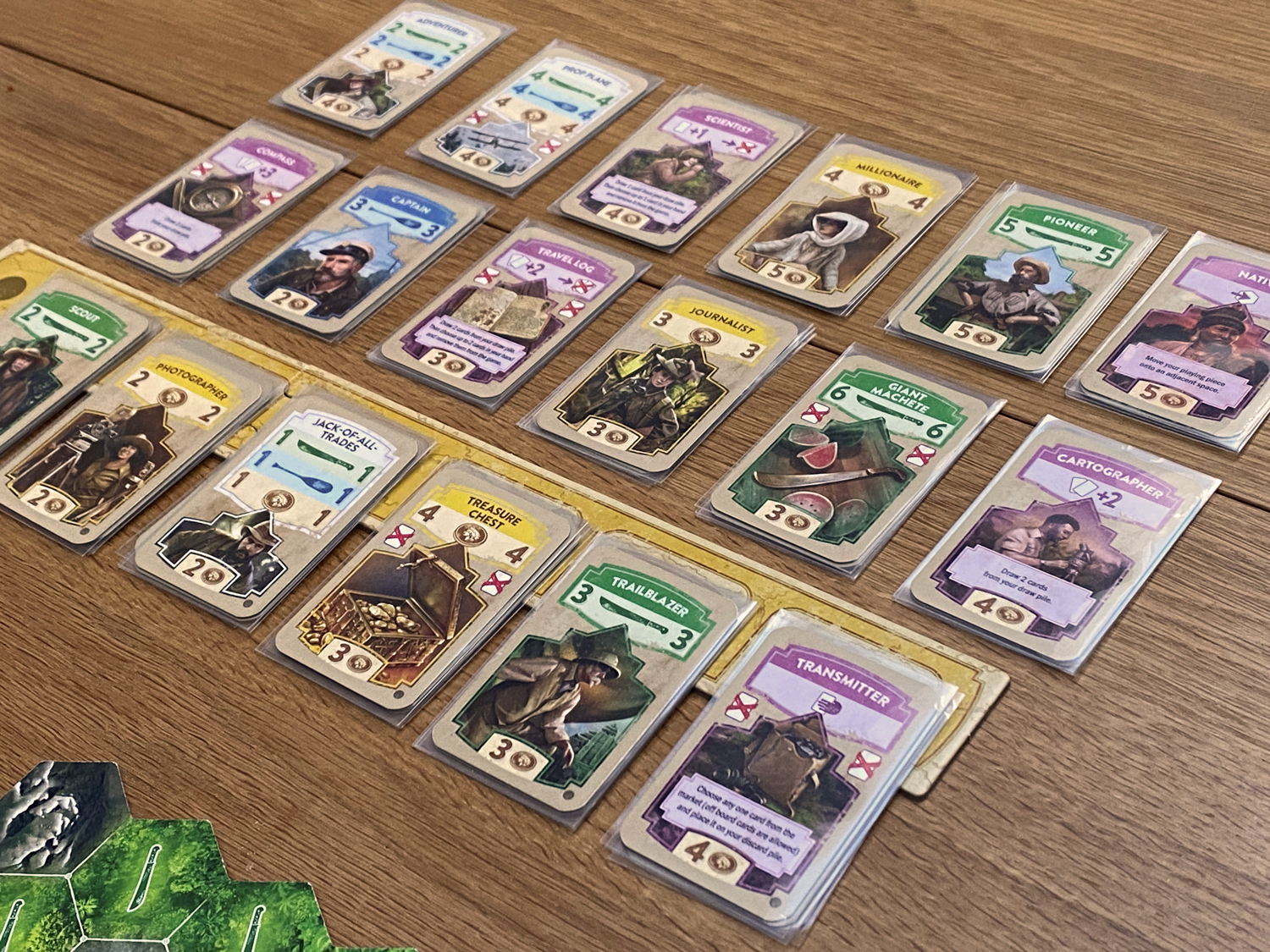
©boardgamereview.co.uk
Final thoughts on The Quest for El Dorado
The Quest for El Dorado shines as a family weight board game. The race giving a reason for the deck-building mechanic to exist is exceptional. A real masterstroke by the designer Reiner Knizia. At the family level, with a younger player, we will quite often play with our cards face up and talk through our moves as part of the learning experience.
I love The Quest for El Dorado and it will forever be high up the rankings. If it ever gathers dust on my Kallax I will be disappointed, as this is a game that pretty much gets better with every play. The modular board is exciting. The races across it are regularly ridiculously close. That is, unless someone has shown a massive lack of sportsmanship in some way, shape or form. Who would be ‘that person’ though?
It plays equally well at two as it does four. The Quest for El Dorado also works well for experienced gamers and those relatively new to the hobby too. If the rules were a bit more friendly this could easily be an entry level game, if it appeals a how to play video may make it accessible.
Normally I waffle on a bit more in the final thoughts section, but this is a brilliant game, pure and simple. I will say there is a new version floating around on the continent with refreshed artwork and slightly bigger cards, if you haven’t worked it out already, this isn’t a review of that!
Key Facts
Number of players: 2 to 4
Board Game Review Recommended Age: 8+
Publisher’s Recommended Age: 10+
Playing Time: 45 minutes
Setting Up and Take Down Time: 5 minutes
Designers: Dr Reiner Knizia
Publisher: Ravensburger
RRP: £39.99
Summary
We adore The Quest for El Dorado and cannot recommend it enough. Plenty on offer for the casual gamer and more strategic players alike. It is a fabulous racing game.
-
Artwork and Components
-
Complexity
-
Instructions
-
Interaction
-
Value for Money
Overall
Pros
- Fast paced
- Often exciting races
- Excellent deck building
- Modular board offering replayability
Cons
- The size of the cards
- The rulebook seems daunting
- Box insert is non-existent!
- Artwork feels a little dated
Need more games?
If you already own The Quest for El Dorado and enjoy it, or are looking for other inspiration, you might also like these similar games:
- Flamme Rouge
- Century: Golem Edition
- Star Realms
- Unicorn Fever
Buy The Quest for El Dorado
If you want to buy The Quest for El Dorado after reading our review click on one of our affiliate links below (note there has been no affiliate links until this point)
Reviewer’s Note
For clarity. We don’t get paid for our reviews. We purchased this with our own money, this has not affected our review in any way.
We may however earn a tincy wincy commission if you buy a game having clicked one of our affiliate links like the one above… this hopefully gives us a bit of pocket money towards hosting costs and new games to review!
As an Amazon Associate I earn from qualifying purchases.
Board Game Review is a brand ambassador for Out of Town Games.
We also are an affiliate of Board Game Prices, a price comparison website for Board Games.
These affiliate advertising programs are designed to provide a means for sites to earn advertising fees by advertising and linking to their websites.
